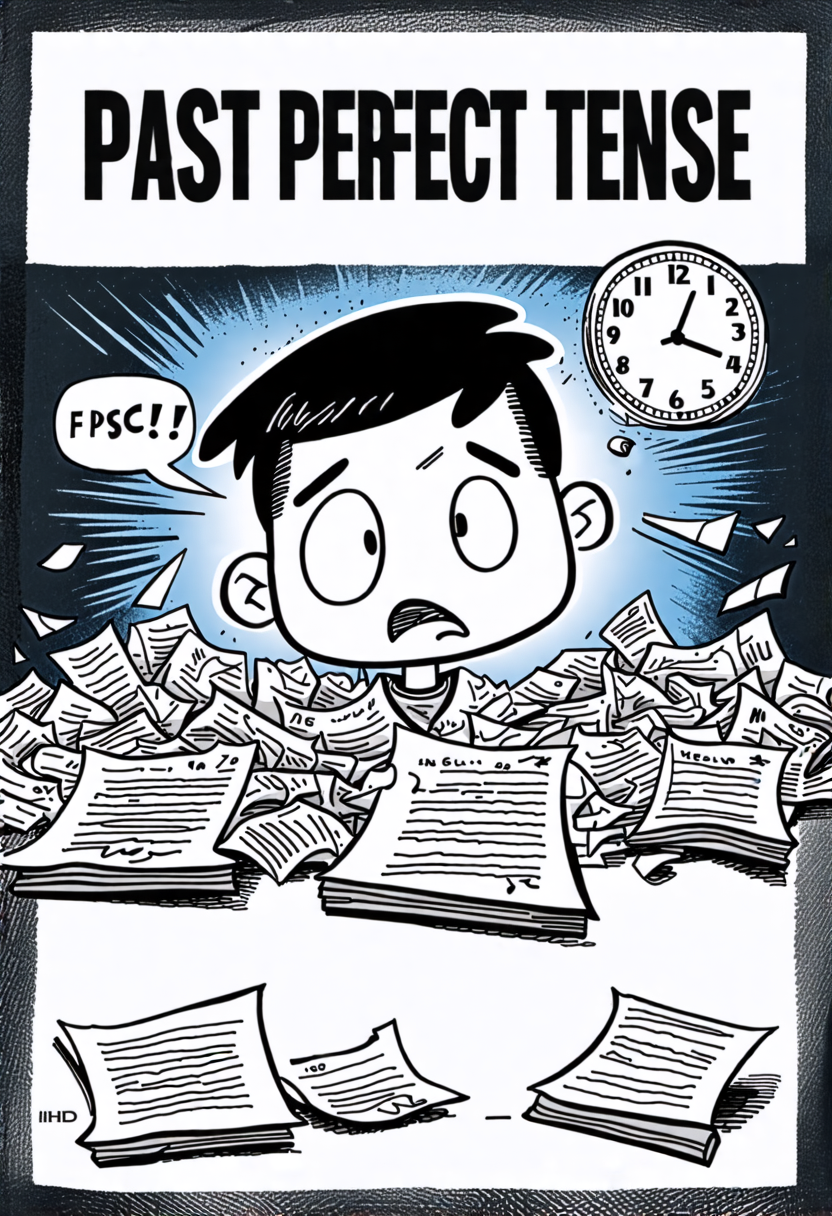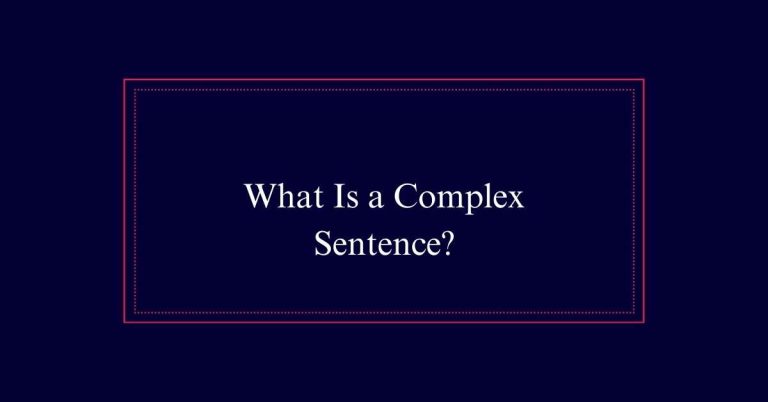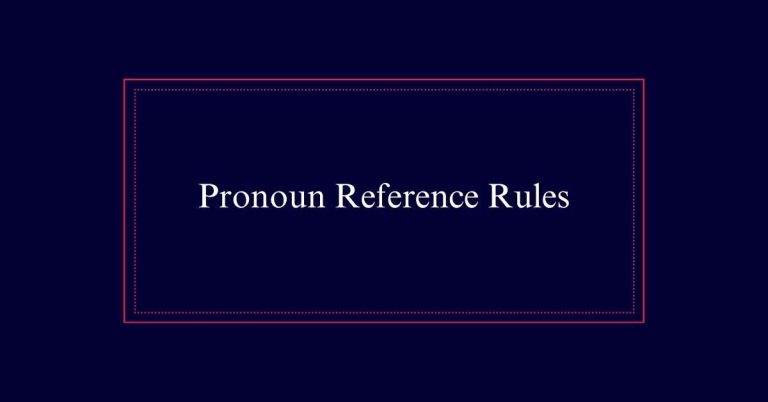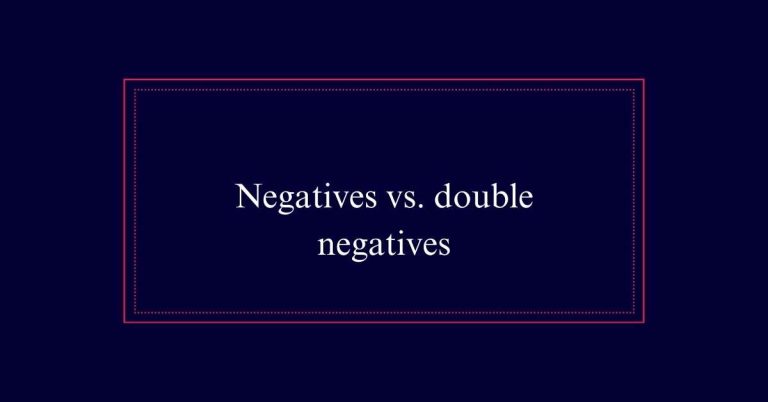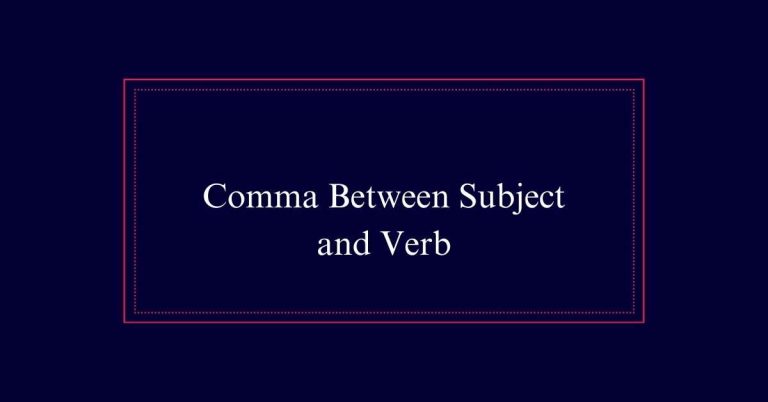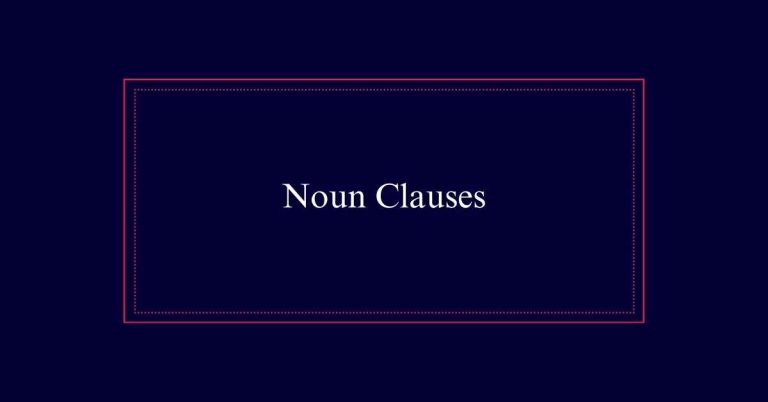Past Perfect Tense
The past perfect tense is used to show that one action happened before another in the past. It is formed using ‘had’ followed by the past participle of the verb, and the formula remains the same for both singular and plural subjects. For example, ‘She had finished her homework before she went to bed.’
Past Perfect Formula
The past perfect formula is constructed with ‘had’ followed by the past participle of the verb. This structure is consistent for all subjects. It is used to describe an action that occurred before another action in the past.
By establishing the sequence of events, it clarifies the timeline and relationship between actions. For instance, ‘She had finished her work before he arrived.’ Here, the past perfect tense (‘had finished’) indicates that her work was completed before his arrival.
This tense is particularly valuable in storytelling and detailed descriptions, allowing the writer or speaker to convey a clear and precise sequence of past events.
Singular and Plural Usage
Regardless of whether the subject is singular or plural, the past perfect formula remains unchanged. This consistency simplifies its usage.
For instance, in the sentence ‘She had finished her homework before dinner,’ ‘had finished’ is the past perfect form. Similarly, in ‘They had completed the project by the deadline,’ ‘had completed’ follows the same structure.
The past perfect tense uses ‘had’ followed by the past participle of the verb. This rule applies to both singular and plural subjects. It helps to establish a clear timeline of actions.
Whether the subject is ‘he,’ ‘she,’ ‘it,’ or ‘they,’ the past perfect construction remains identical, ensuring consistency and clarity in conveying past actions.
Sequence of Past Events
Using the past perfect tense helps to clearly indicate the sequence of past events. For example, ‘She had finished her homework before she watched TV.’ Here, ‘had finished’ shows that the homework was completed before the TV watching began.
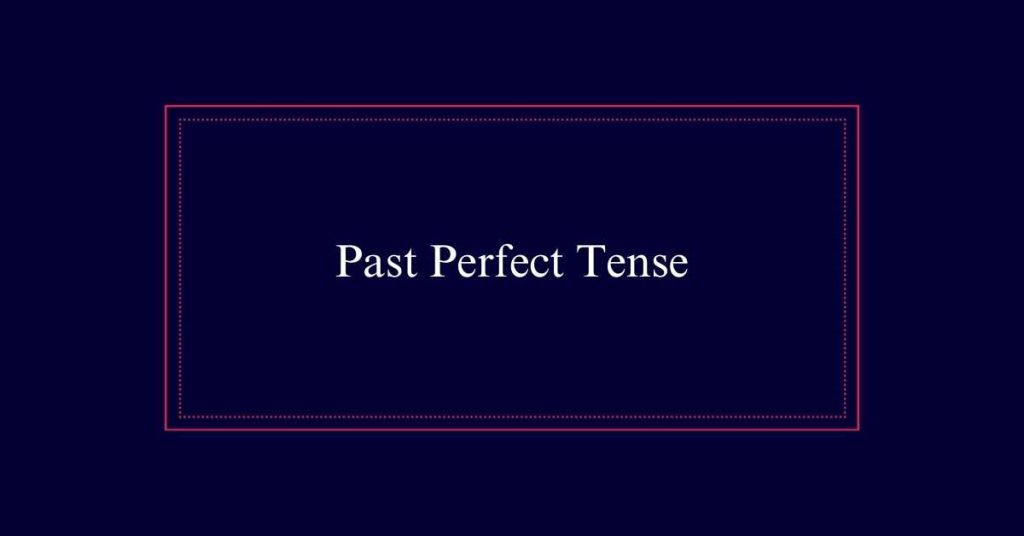
This tense is important for showing which action happened first. Without it, sentences can be ambiguous. For instance, ‘She finished her homework before she watched TV’ uses the simple past tense and does not make the sequence as clear.
The past perfect guarantees clarity by setting a definite order of events. This is particularly useful in complex narratives or when detailing multiple actions that occurred at different times in the past.
Storytelling With Past Perfect
In storytelling, past perfect tense enriches narratives by clarifying the sequence of events. It allows writers to indicate which actions occurred first, enhancing the reader’s understanding of the plot.
For instance, ‘She had finished her homework before she went to the party’ clearly shows the homework was completed before the party began. This tense helps avoid confusion and keeps the timeline clear.
It is particularly useful in flashbacks or when recounting a character’s previous experiences. By using past perfect, authors can provide background details without disrupting the main narrative flow.
Differentiating Tenses
Understanding the differences between tenses is essential for conveying the correct timeline and relationships between events.
The past perfect tense is used to indicate an action that occurred before another action in the past. For instance, ‘She had finished her work before dinner started.’ This contrasts with the simple past tense, which describes actions that happened at a specific past time, such as ‘She finished her work at 5 PM.’
The present perfect tense, meanwhile, connects past actions to the present moment, like ‘She has finished her work.’
Specificity in Past Events
The past perfect tense provides clarity by specifying actions that occurred before other past events. This tense is essential for distinguishing between various points in time within a narrative.
For example, ‘She had finished her homework before she watched TV’ clearly indicates the sequence of activities. By utilizing the past perfect, we avoid ambiguity and make the timeline of events unmistakable. This is particularly useful in complex stories where multiple actions have taken place.
Without the past perfect, the sequence could be misunderstood. Using this tense guarantees that the reader or listener understands precisely when each action happened relative to others, enhancing the overall clarity and coherence of the narrative.
Conditional Sentences
Conditional sentences often rely on the past perfect tense to express hypothetical situations and their possible outcomes in the past. These sentences typically use the structure ‘If + past perfect, would have + past participle.’
For example, ‘If she had studied harder, she would have passed the exam.’ This construction shows that the action (studying harder) did not happen, and as a result, the outcome (passing the exam) also did not occur.
The past perfect tense in conditional sentences helps clarify that one event was contingent on another, providing a clear understanding of hypothetical scenarios. This usage is essential for discussing unrealized possibilities and their consequences in past contexts.
Avoiding Ambiguity
Using the past perfect tense correctly can prevent confusion in communicating sequences of past events. This tense clarifies which action happened first. Consider the following scenarios:
| Sentence | Simple Past | Past Perfect |
|---|---|---|
| Example 1 | He left after she arrived. | He had left before she arrived. |
| Example 2 | She finished the project when he called. | She had finished the project when he called. |
| Example 3 | They moved out because the house sold. | They had moved out because the house had sold. |
Negative Form
In the past perfect tense, creating a negative form involves adding ‘not’ to the formula, resulting in ‘had not’ followed by the past participle. This structure indicates that a certain action did not occur before another past action.
For example, ‘She had not finished her homework before the teacher collected it’ shows the homework was incomplete before the teacher’s action.
Asking Questions
To ask questions in the past perfect tense, start with the formula: had + [subject] + [past participle]. This structure helps inquire about events that happened before another past action.
The past perfect tense is particularly useful in storytelling and historical recounts, as it clarifies the sequence of events.
Here are some examples to illustrate:
- Had she finished her homework before the class started?
- Had they already left when you arrived?
- Had he ever visited Paris before moving there?
- Had you seen that movie before watching it again?
- Had we met before the conference?
